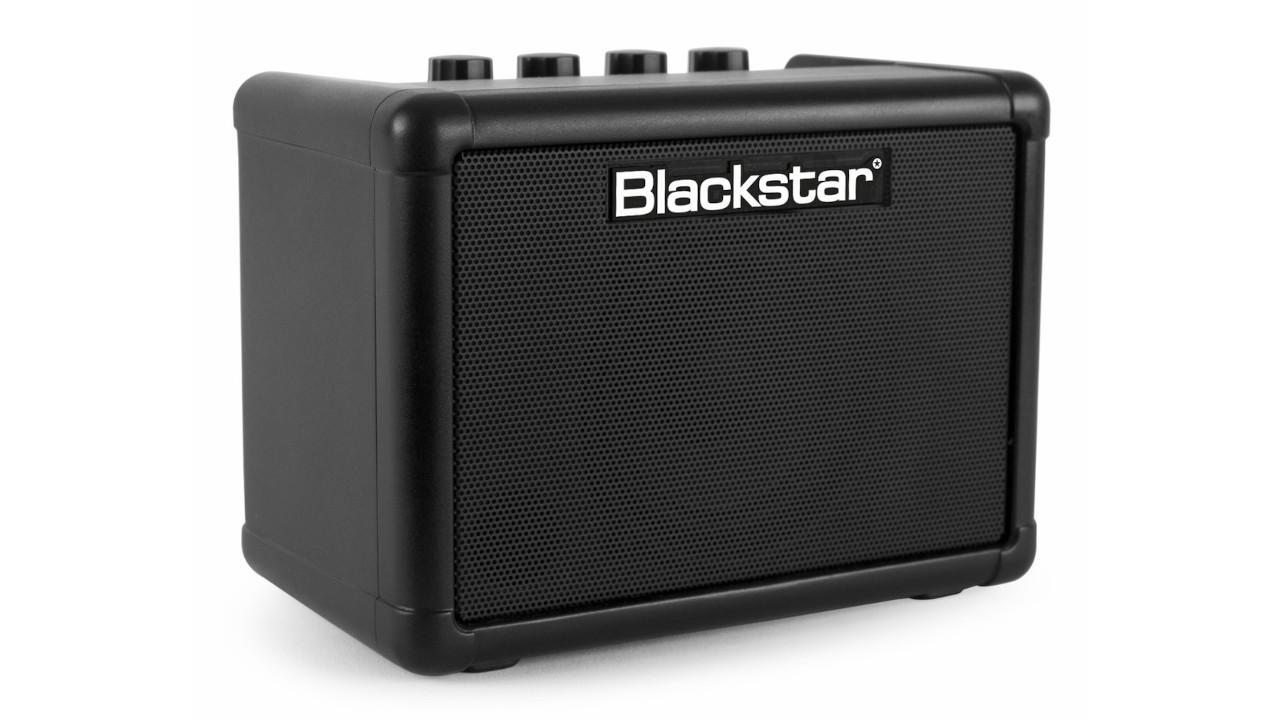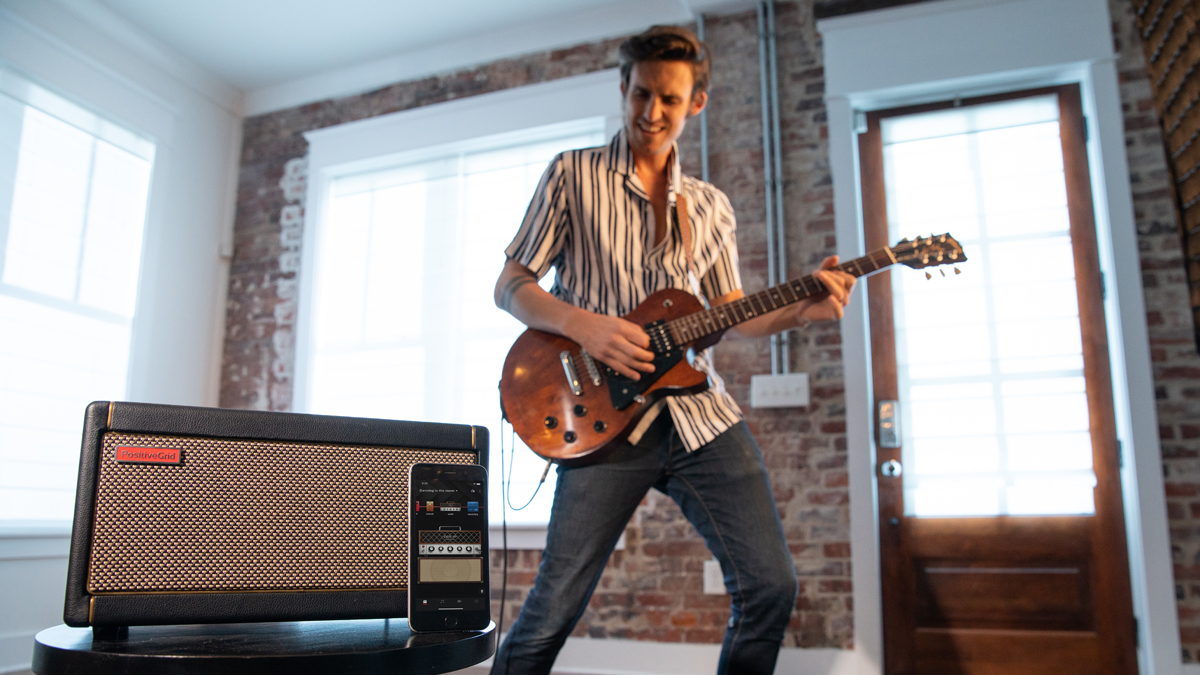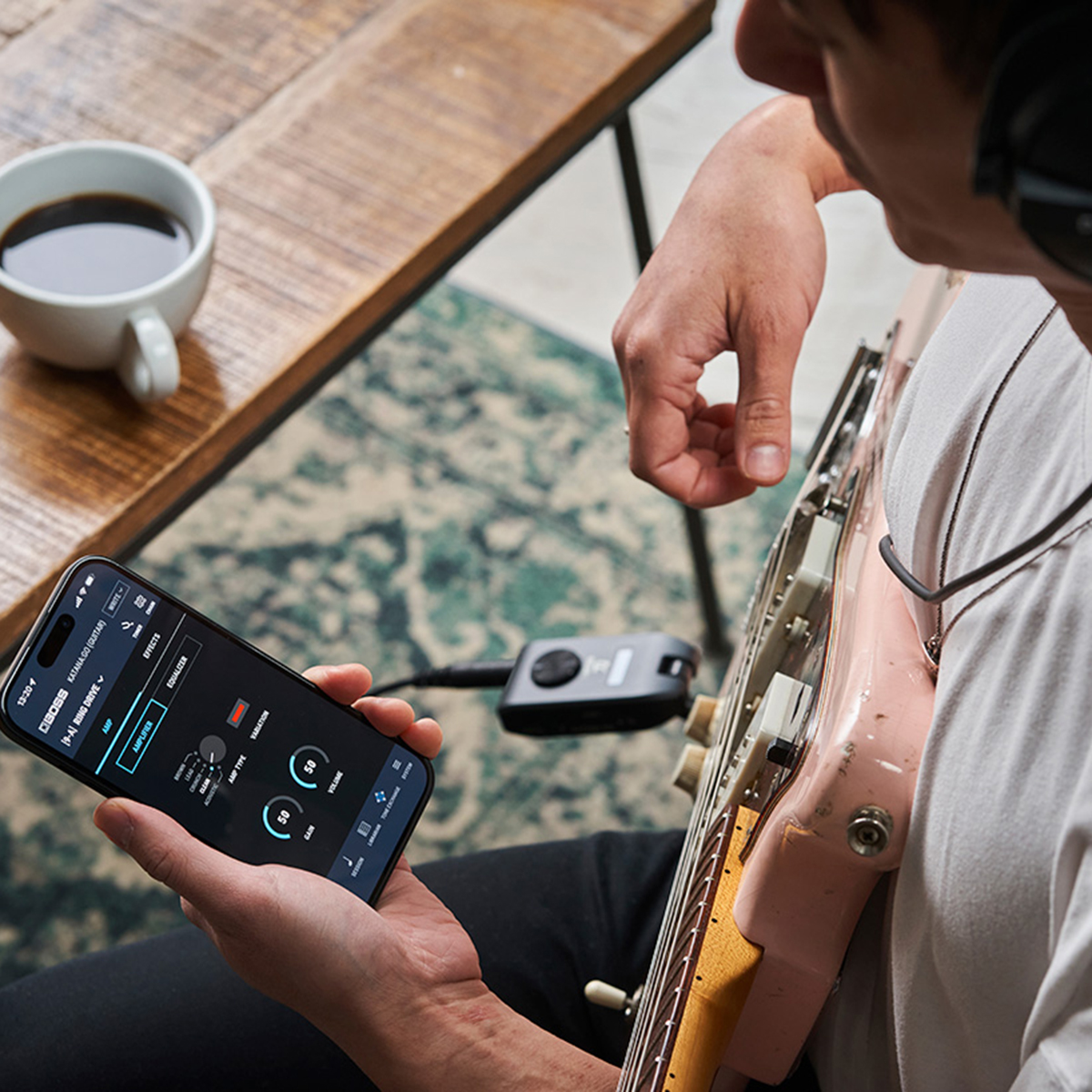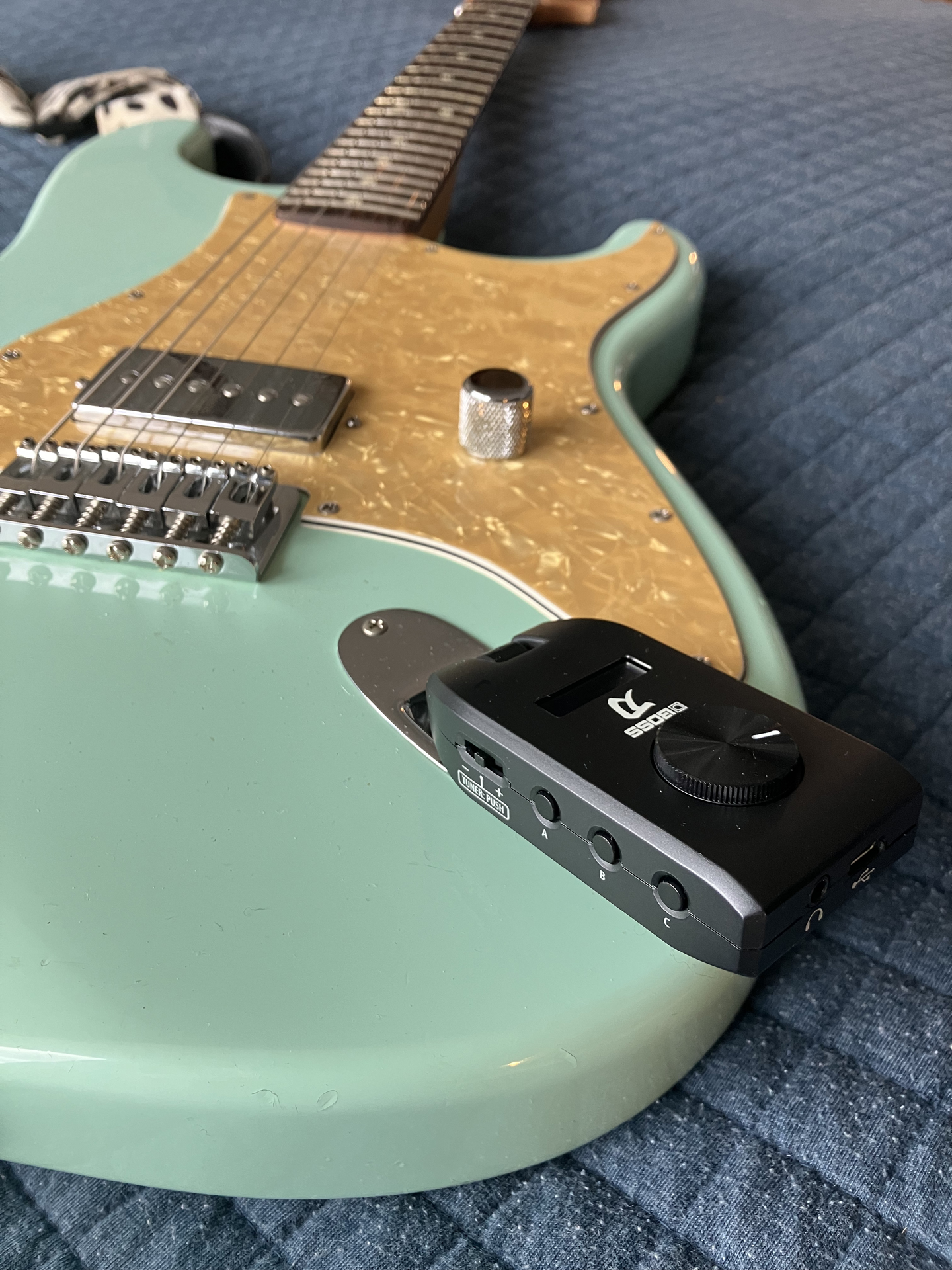
A few years ago, I was interviewing Band of Horses guitarist/frontman Ben Bridwell and chatting about guitars. As if often the case when writing for Guitar World, he in-turn asked me what I play and I told him the barebones truth: a single-pickup Strat direct to a Vox AC4.
“You had kids, didn’t you?” replied the songwriter, with annoying perception.
Upsettingly, he was right: I did have kids. Now, my children are the light of my life, but they also are the chief recipients of my time, money and essential life force – all of which had previously proved useful in my pursuit of the guitar.
I’m fortunate enough to write about guitars and playing every day, but actually finding the time to do the thing has gotten progressively harder. And I know I’m not alone in that: from amateurs to tour-hardened pros, the parent-players I speak to are often in the same boat.
Finding ways to fit playing into my day has therefore become something of a challenge and – like any self-respecting guitarist – I have attempted to fix it by buying new gear.
The only real time I have to myself is post-bedtime and, as such, I’ve worked through a host of different quiet practice options over the years.
I have long traded off my ‘big’ tube amp for a small combo, but even on its ¼-watt setting, the paper-thin walls of my house ensure my Vox AC4 is enough to disturb a sleeping toddler.

Years back, I was an early adopter of the iRig/iOS AmpliTube iPad option, but I never enjoyed playing it for long periods, and I disliked having to hop between apps for recording.
Then I tried a laptop setup, but again, I found firing up the interface and fiddling with presets hampered my actual playing time.
Later came the Blackstar Fly 3 (in stereo). It’s a great mini amp for the money and punches well above its weight, tonally, but for some reason, it never stuck. Instead, it sat on my desk, gathering dust.
I had more luck with Positive Grid’s Spark. It has the smart features and preset fun of the software solutions/apps, but looks and feels like an actual amp. However, the interaction can be a bit jarring – most notably, having to figure out where your physical controls are after you’ve made tweaks on the app.
What’s more, for silent practice, you’re limited to the reach of your cable and headphones – and I’ve never been very good at sitting still while playing.

All of this time, the ultimate silent rival lurked on the horizon: the headphone amp.
The problem is that I am an egotistical guitar journalist and headphone amps do not exactly scream ‘outlaw cool’. More importantly, they just don’t feel real – and some of them are not up-to-scratch tonally – and the sense is often that they’re cash-grabs or cheap gimmicks.
Then, about a month back, along came word of Boss’ Katana:GO, which promised to pack an entire library of the brand’s much-vaunted Katana amp tones and 60 Boss effects into a device you can keep in your pocket.

Press releases from manufacturers are always making these kind of breathless claims, but two things piqued my interest:
1) GW’s Editor-in-Chief, Mike – who operates on a three-guitar-post-rock-band level of tonal obsession – returned from an early hands-on preview looking unusually impressed.
2) Presenting it as ‘a Katana amp in a jack’, rather than a standard headphone amp somehow felt much more acceptable to my inner rock idiot. (The vanity of small small differences, eh?)
As such, I gave it a go more out of curiosity than the courage of my convictions. The format will look familiar to anyone who’s seen the Fender Mustang Micro – a small black box with a foldable jack, central dial and side-mounted controls.
Unlike the Mustang, the Katana:GO also has a small built-in screen and a larger line-up of presets (available from three banks) – meaning you can quickly access everything without your phone, or you can pair up to tweak parameters, build your patches and stream practice audio.

My ambition on the first night was honestly just to get it working, but by the time I’d put the guitar down, two hours had passed. I’d played all manner of fun things and I had the bones of a new song.
The same thing happened again a few nights later. And, well, to cut a long story short, I’m now playing more at home than I have at any point in the past few years.
So why the hell has that happened with a headphone amp, rather than all my previous efforts?
Some of it is simply the great guitar player ‘peak and plateau’ wheel turning once more, but some of it is down to the gear.
The Katana:GO is not without its niggles, but it does what it needs to do well – and that is to get me playing a lot more. And to do so quickly, conveniently, and in a way that still feels lively and responsive.
The niggles are the kind you can live with. The app feels notably dated when placed next to the likes of the Spark series, but using it has made me realize that having fancy GUI amp/pedal recreations to tweak on my smartphone has been more of a hindrance than a help.
I look at screens all day, so I think the Katana:GO is working because a simple list and some colored dials is a comparative relief. It’s the same with the OLED screen. It’s bright, functional but in no way attractive, so I can browse presets (and even tune up) without distraction – and it makes me listen to what I’m playing.

The casing feels like it might not survive being stepped on, but frankly, so does my phone. This is lightweight and small enough to tuck in my pocket – and, at $119 new, it will not bring me to tears/my home insurer when my two-year-old drops it in the toilet.
Meanwhile, it's also powered by a rechargeable battery, so I can run about the bottom floor like Angus Young at an open house.
On the tone front, a lot of words have already been written about the strength of the Katana sounds and I won’t retread them here, but suffice to say they are really good.
As ever, there are some that I, personally, would consign to the realm of Hades, but I’m a fan of deep, verb-y cleans and crunchy, harmonic distortions and there’s plenty on that front.
What has really cinched it for me, though, compared to any other silent practice solutions I’ve tried is the Stage Feel modes.

These are essentially three room sound presets, which offer a choice of Stage, Studio and Custom settings and, if you dig in via the app, allow you to move audio sources and amps around the listening space.
This is done using “advanced BOSS spatial technology” – likely some form of IR and hardly revolutionary in isolation – but it’s hard to think of another scenario where it’s been incorporated in such a straightforwardly useful way.
It’s super-simple to use (engaged with a switch on the side of the unit) and, when you don the headphones, it feels like it puts you in the room with the amp sound.
The most persistent wisdom I have garnered during my 15-odd years of writing about guitars is that playing is about feedback loops – between your mind and your hands, your hands and the strings, the guitar and the amp and so on. And that all exists within a broader, overarching loop of the sound and your ears.

Anything that breaks or interrupts one of those loops hinders our flow as players – and that is where headphone amps (and a lot of other quiet practice solutions) traditionally fall flat. If our brain has to compensate for that interruption then it becomes much more wearing on the ears and mind.
It doesn’t feel like that is happening in the same way with the Katana:GO. The Stage Feel feature is a major part of that, but it’s also the way it’s incorporated into a bigger offering that, by luck or design, has made it much easier for me to pick and play for long periods – and, at its core, that is all I really need it to do.
As a guitar journalist, it’s very easy to become prone to cork-sniffing, but ultimately the best gear is the stuff you find yourself using time and again. And so this is where I find myself – a guitar journo of 15 years – standing in front of the world declaring my love… for a headphone amp.







